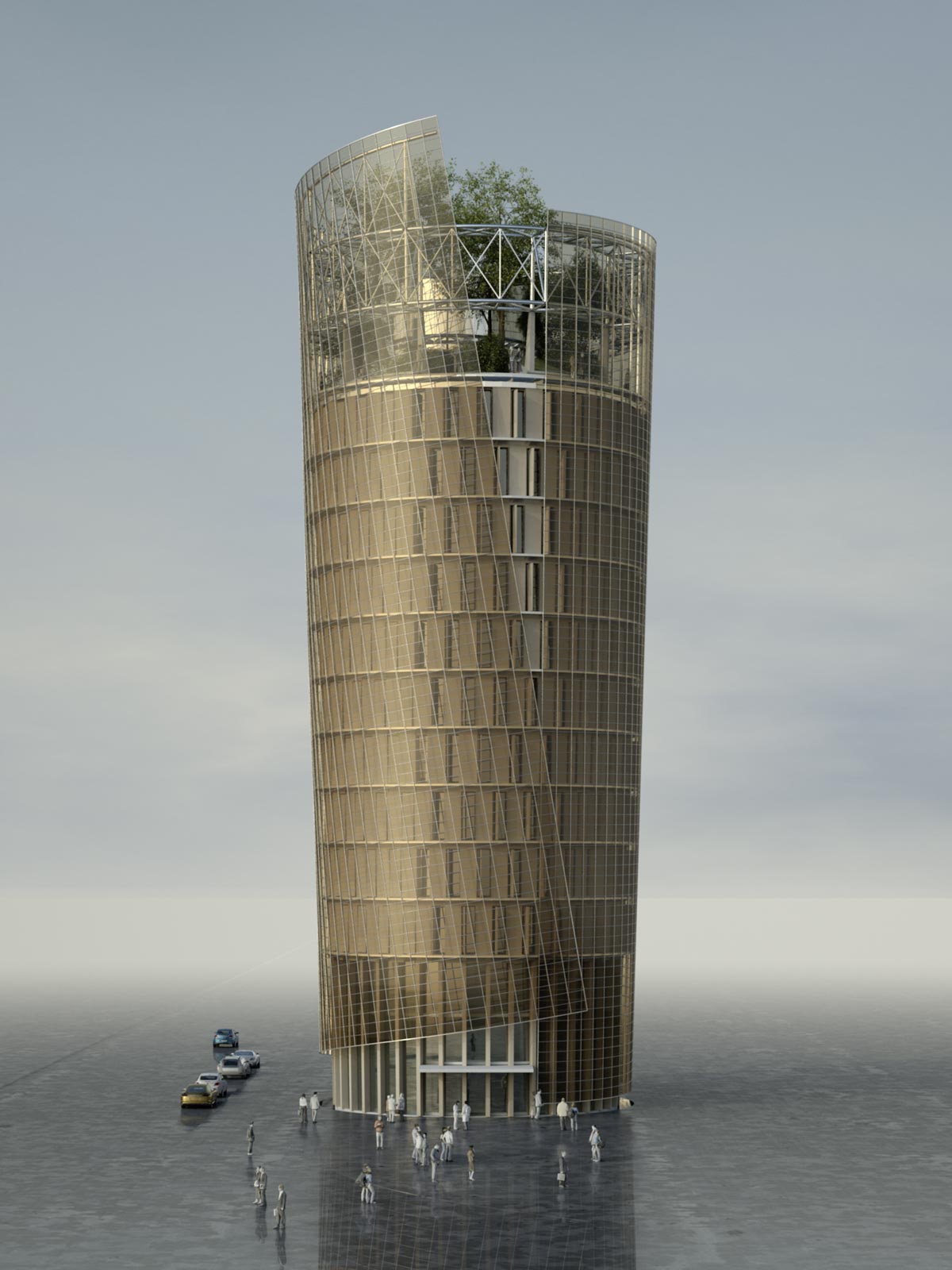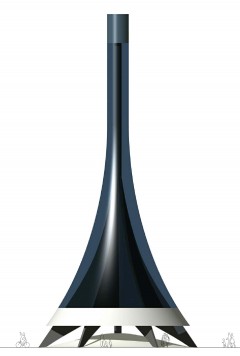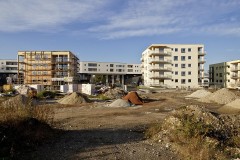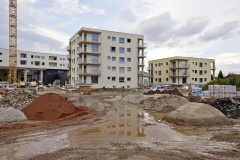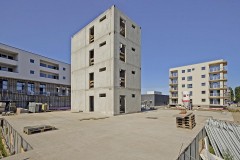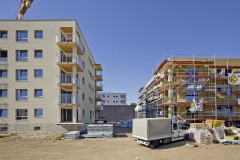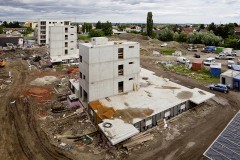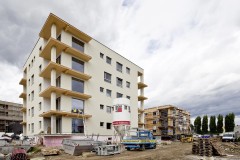Graz is a fast-growing city with limited space for settlement. That is why urban development in Graz is focussed on packing more into parts of the inner city with excellent infrastructure, which are to be made into energy-efficient, resource-conserving, low-emission residential areas with a very high quality of life. In the strategic project “I live Graz” future actions have been defined for the Smart City Graz in the fields of the economy, society, ecology, mobility, energy and facility management. Apart from providing grade-A accommodation, the city‘s main aims are to provide attractive public spaces, to set up a network of attractive routes for walking and cycling, to mesh development in with public transport facilities and to reduce motor traffic‘s share of trips.
Smart City Project Graz Mitte
A new urban district self-sufficient in energy is to take shape in the heterogenous area (once an industrial zone) close to the main railway station. Here energy technologies for the intelligent “Zero Emissions” city are to be demonstrated for the very first time via an inclusive planning process. The project involves
- testing new components and systems such as new solar modules, solar cooling, urban solar power generators, façade-integrated elements, mini-CHP units, Smart Heat Grids
- dimplementing demonstration facilities (the research-oriented Science Tower, the pilot PV unit “Grätzel-Zelle”, a power centre plus local power grid, a solar updraft tower, and housing developments and premises for small-scale businesses featuring pioneering building technologies)
- strategies for sustainable urban mobility, including electric-powered vehicles
Citizens are brought into the process by means of active community organizing, providing information and ways of taking part, and via an interdisciplinary panel of experts. Constant dialogue with partner cities in Austria and abroad is intended to promote learning processes, reflection and the spread of results.
Science Tower
The first step toward realizing the smart urban district Graz Mitte is putting up the Science Tower, which the firms of FIBAG and SFL Technologies have been entrusted with. This tower, 60 m tall, is being erected north of the Helmut List Hall; it is intended not only to accommodate science and research facilities, but also to serve as a research platform for new building technologies. Wrapped around its outside the tower has a twin-skin façade consisting entirely of translucent green and orange photovoltaic panels of “Grätzel-Technologie“ design. The “Grätzel-Zelle” is a dye-sensitized solar cell which converts sunlight into electricity.
Solar updraft tower
The solar updraft tower generates electricity from an updraft of warm air and excess heat from a district heating system. It is shaped as a rotation hyperboloid 45 m tall, with a chimney-like tip. The outside shell consists of translucent coloured solar cells. A turbine to generate electricity is located at the bottom of the inner flue. Part of the energy input is derived from the updraft of air which warms up between the core and the outer shell when the sun shines. The warmed air flows out from the top of the chimney, and air drawn in at the bottom warms up. To make it possible to generate electricity at night, too, part of the insolation is converted into heat in thermal solar collectors; this and excess heat from the district heating system is stored in the thermal storage unit in the tower‘s core. At night this heat is used to warm up the air in the chimney.
ECR Energy City Graz Reininghaus
As part of the flagship project “Building of Tomorrow“, strategies have been worked out for structuring, building and running Graz Reininghaus as an urban district self-sufficient in energy, as has an overall energy strategy. Here pilot facilities are intended to become internationally pathbreaking “building blocks of urban sustainability”.
The overall energy strategy is primarily focussed on linking up surplus-energy buildings (which produce more energy than they consume) and feeding the surplus energy into a communal grid. For the energy framework plan energy consumption, supply and distribution, building services engineering and urban development aspects (e.g. geothermal energy, suitable orientation of structural shell, solar exploitation of roofs and façades, using process heat, CHP facilities, etc.) have been investigated.
The surplus-energy cluster Reininghaus Süd (Architecture: Nussmüller Architekten ZT GmbH) is one of the first construction projects to have been implemented. Here twelve separate blocks of flats have been coupled together into a multifunctional cluster of buildings. An office and shopping complex in front screens the project off from a busy road nearby.
The surplus-energy approach combines a variety of measures: the individual buildings have been designed to take maximum advantage of renewables (geothermal energy tapped via energy piles, and photovoltaics), while synergies have been created between the blocks of flats and the office complex. To even out peaks in generation and consumption, the power centres in the individual blocks of flats have been linked up and power-sharing with the office and shopping complex implemented.
